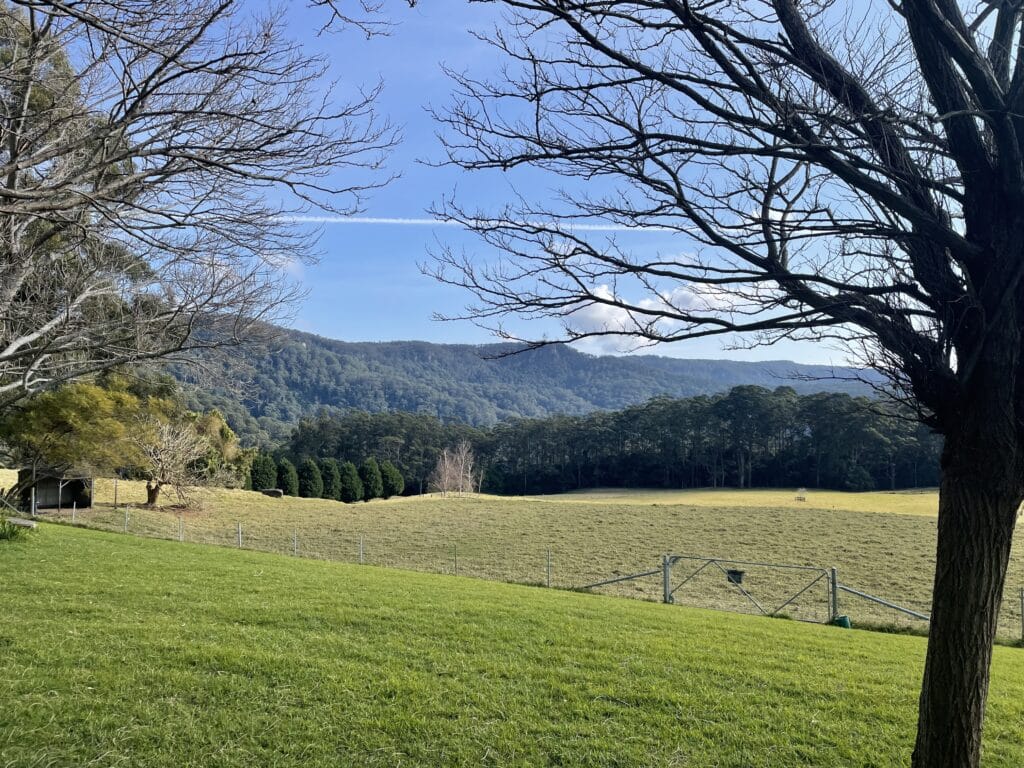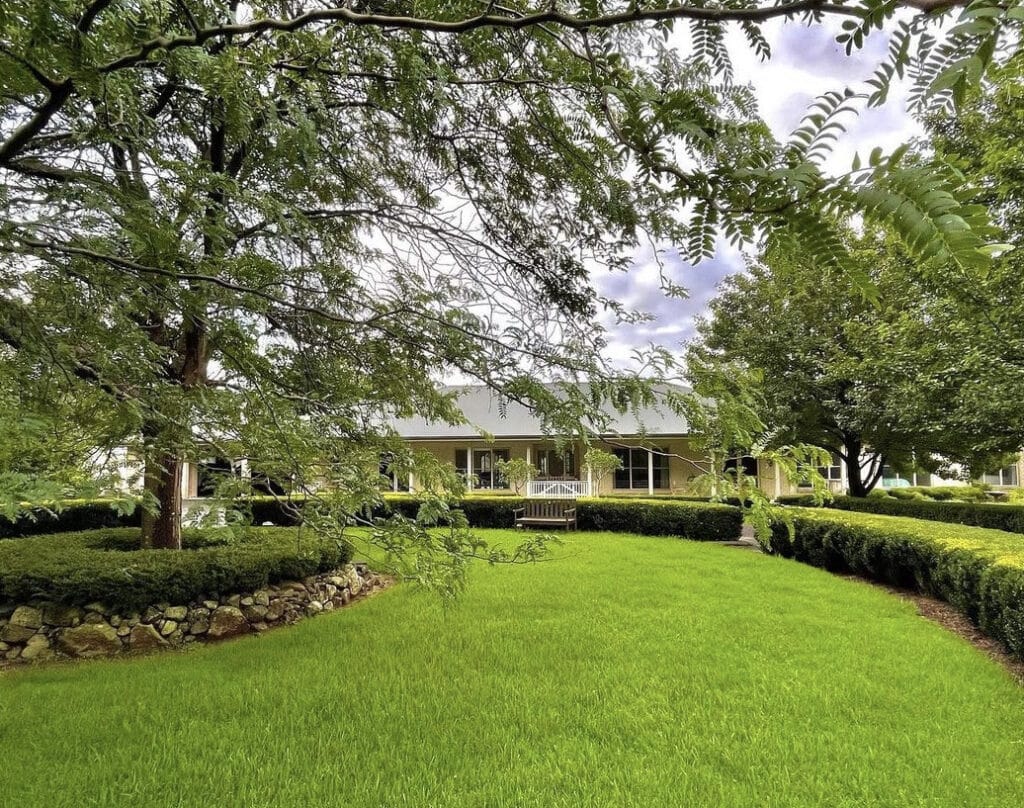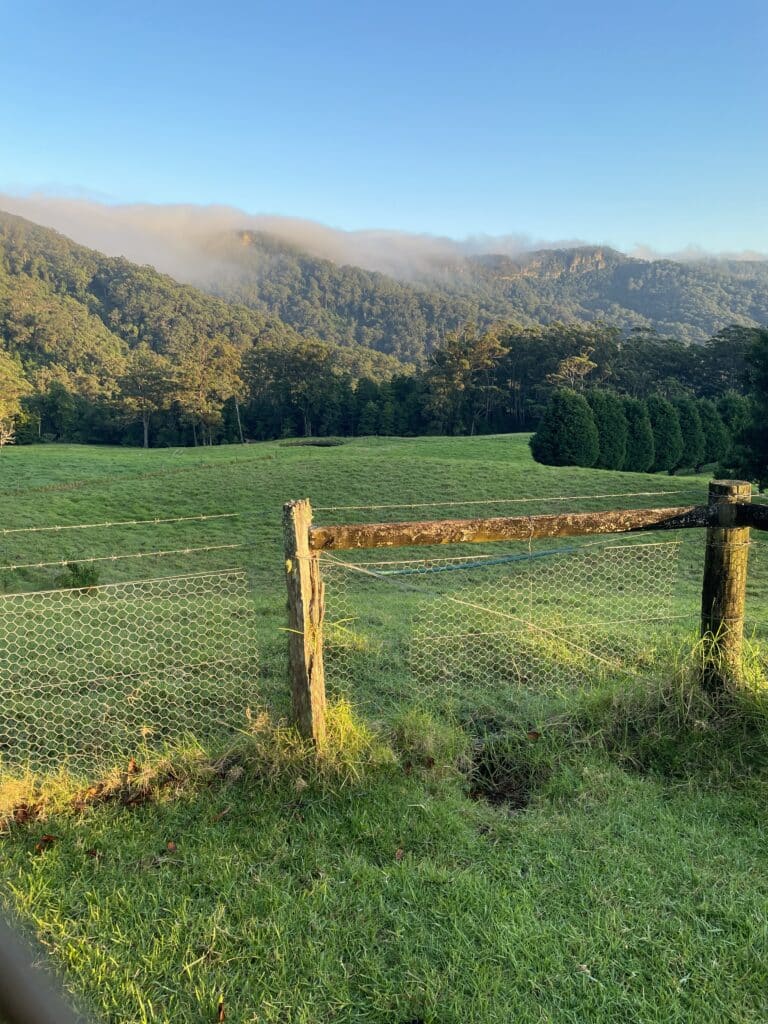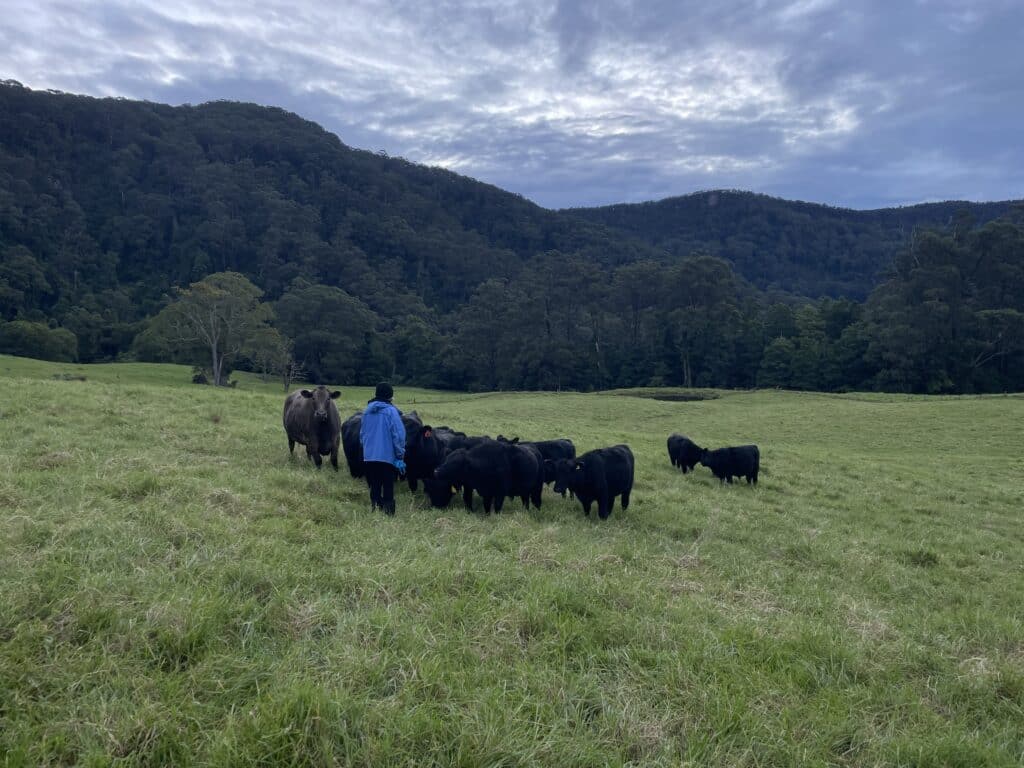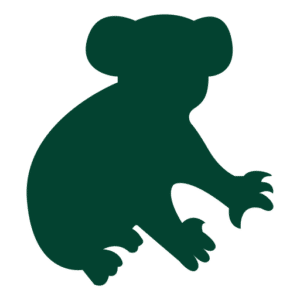The Cummins family are the owners of Gumarra Farm, a property situated in Jamberoo in New South Wales. The property is also neighbouring Barren Grounds Nature Reserve and Budderoo National Park. Gumarra Farm is a wildlife sanctuary, hobby farm and is used for agriculture. The property is presently 60% pasture and 40% remnant woodland and rainforest. The owners intend to build the biodiversity value of the property by controlling invasive weeds, revegetating rainforest curtilage and controlling erosion in riparian zones. The pastured areas will continue to provide regenerative farming opportunities, providing organic/biodynamic produce. The owners of Gumarra Farm are also invested in native bush food orchard and vegetables.
The name “Gumarra” is the aboriginal word for ‘honey’ in the local Dharawal language. The Cummins family have both honey bees and native bees on the farm and produce organic honey.
Gumarra Farm spans 24 hectares. The land has been previously historically cleared by cedar cutters in the 1850s before being used a dry paddock for dairy cattle between 1880s and 1990s. It was then subdivided, and a residence built with the pastures being farmed by hobby cattle and sheep. The paddocks have never been exposed to any chemical fertiliser, and the soil quality is regarded as high quality. The surrounding remnant woodland is Illawarra Southern Escarpment Wet Forest and Illawarra Escarpment Bangalay x Blue Gum Wet Forest.
Canopy species of the property include Eucalyptus species such as blackbutt (Eucalyptus pilularis), white-topped box (Eucalyptus quadrangulata), Sydney blue gum (Eucalyptus Saligna), Eucalyptus Sal x Bot as well as sassafras (Doryphora sassafras). Small trees and shrubs include lilly pilly (Acmena smithii), Oliver’s sassafras (Cinnamomum oliveri), Jackwood (Cryptocarya glaucescens), Murrogun (Cryptocarya microneural), native tamarind (Diploglottis australis), sandpaper fig (Ficus coronata), cabbage tree palm (Livistona australis), small-leaved doughwood (Melicope micrococca), white basswood (Polyscias murrayi), sweet pittosporum (Pittosporum undulatum), downy chance (Clerodendrum tomentosum), orange thorn (Pittosporum multiflorum), rough-fruit pittosporum (Pittosporum revolutum), tree violet (Melicytus dentatus), Bolwarra (Eupomatia laurina), mock olive (Notolea longifolia) and veiny wilkea (Wilkea huegeliana). Native vines include kangaroo vine (Cissus antarctica), water vine (Cissus hypoglauca), old man’s beard (Clematis aristate), wombat berry (Eustrephus latifolius), scrambling lily (Geitonoplesium cymosum), twining glycine (Glycine clandestine), climbing guinea flower (Hibbertia scandens), common milk vine (Marsdenia rostrata), fragrant fern (Microsorum scandens), wonga wonga vine (Pandorea pandorana), pepper vine (Piper hederaceum), Austral sarsaparilla (Smilax australis), snake vine (Stephania japonica), bearded tylophora (Tylophora barbata). Fern and groundcover species include maidenhair fern (Adiantum aethiopicum), native wandering jew (Aneilema acuminatum) bird’s nest fern (Doodia aspera), rock felt fern (Pyrrosia rupestris), weeping sedge (Carex longibrachiata), Asiatic pennywort (Centella asiatica), rasp fern (Dichondra repens) , wiry panic (Entolasia stricta), native geranium (Geranium homeanum), settlers flex (Gymnostachys anceps), stinking pennywort (Hydrocotyle laxiflora), weeping grass (Microlaena stipoides), basket grass (Oplismenus imbecillis), cockspur flower (Plectranthus parviflorus) and pastel flower (Pseuderanthemum variabile).
The property provides habitat for a range of species including wombats (Vombatus ursinus), a mob of up to 32 kangaroos (Macropus giganteus), swamp wallabies (Wallabia bicolor), possums, echidnas (Tachyglossus aculeatus), multiple reptiles and bird life including lyrebirds (Menura novaehollandiae), king parrots (Alisterus scapularis), eastern whipbirds (Psophodes olivaceus), cockatoos and owls as well as threatened species such as glossy black cockatoos (Calyptorhynchus lathami) and spotted-tail quolls (Dasyurus maculatus).

